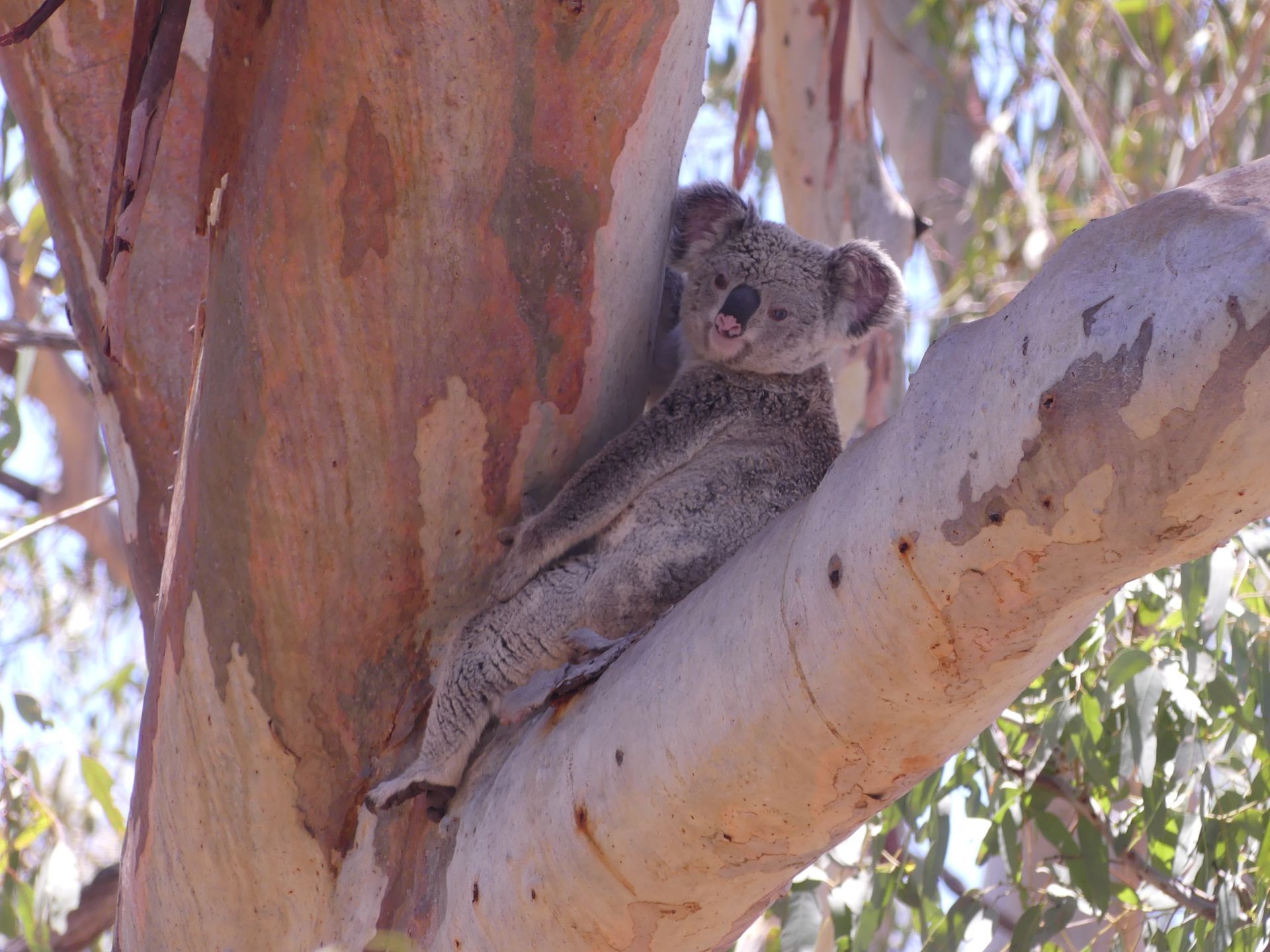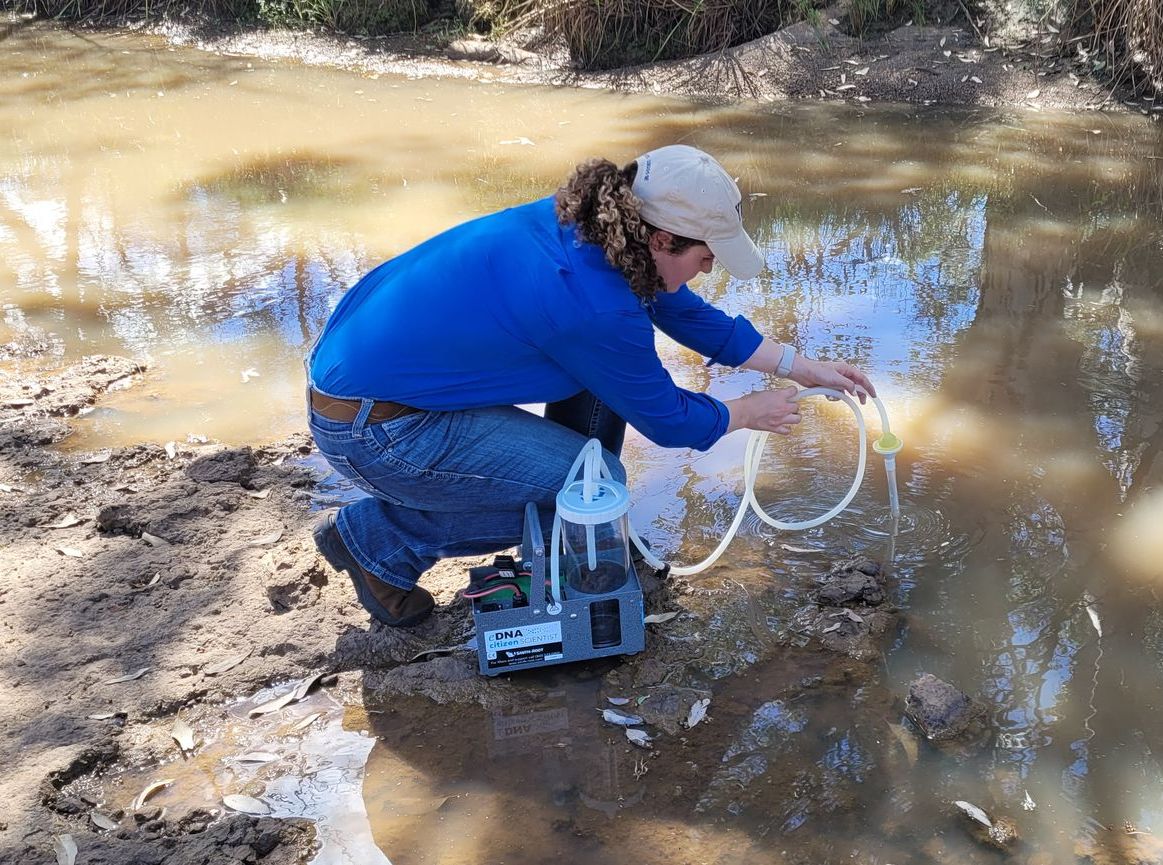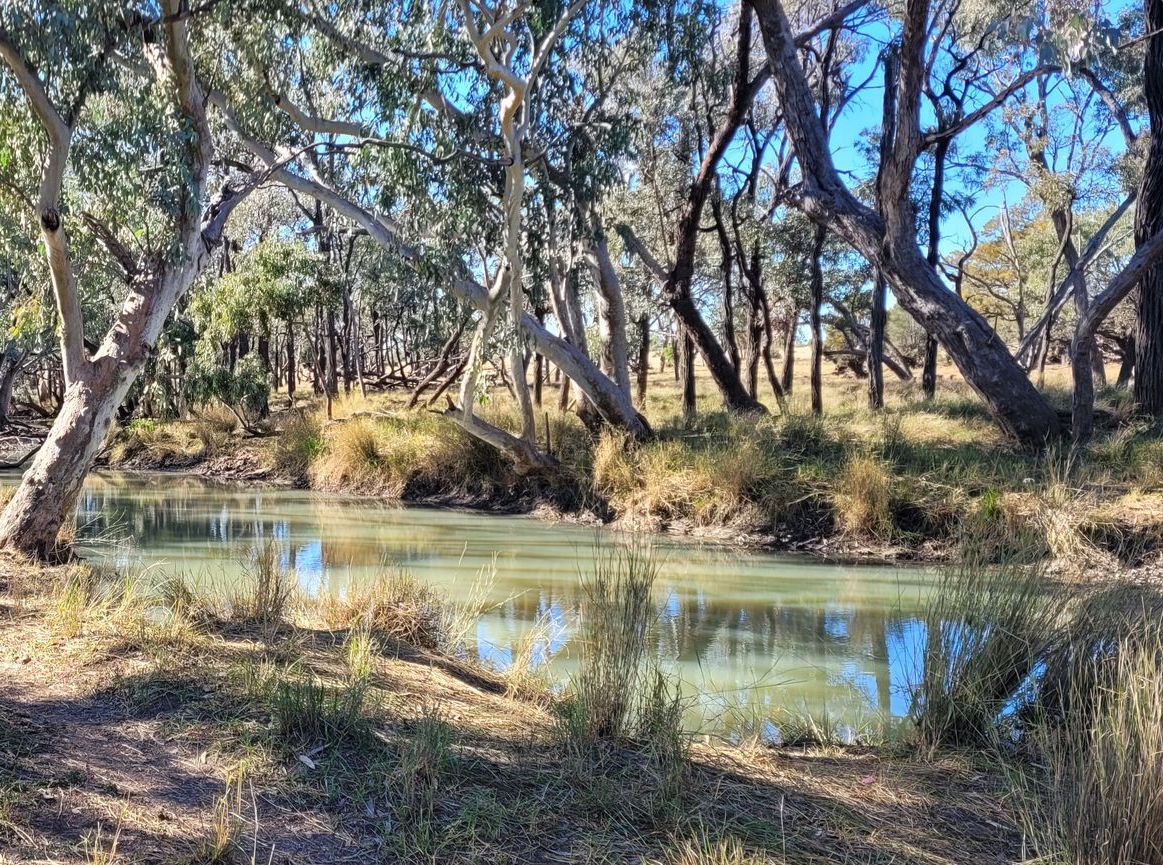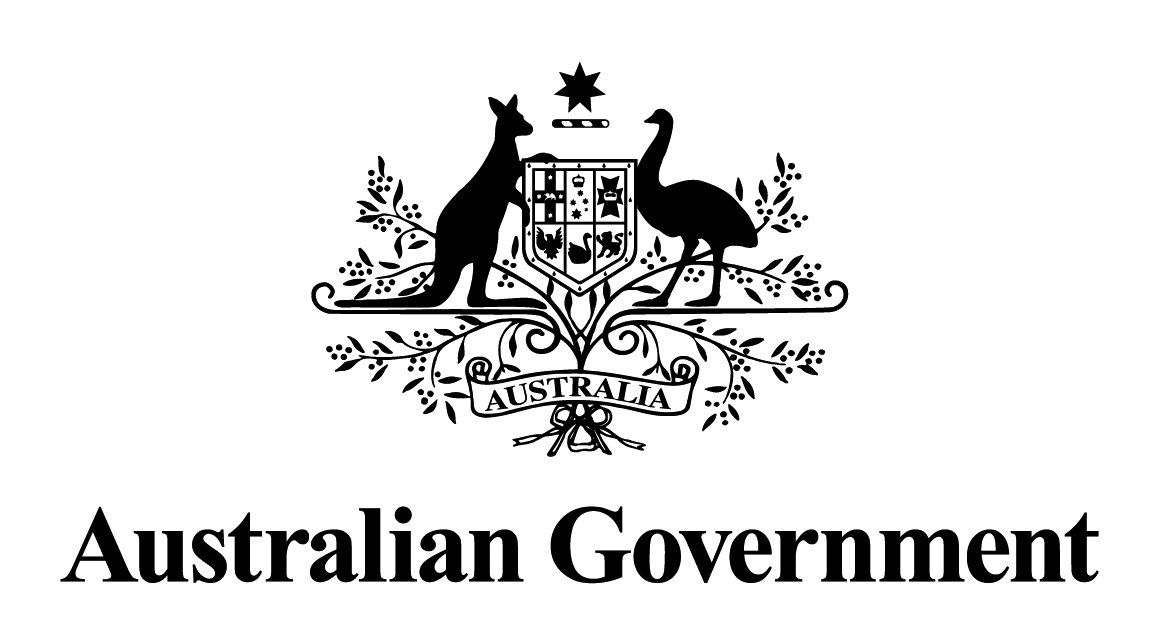Researching Koalas in the Rangelands Project
Project Objectives and Outcomes (2025)
The Australian Government funded the
Researching Koalas in the Rangelands Project as part of a $200,000 investment to support koala research, knowledge sharing and on-ground works in Western Queensland. The project aimed at the continued conservation of the koala which was listed as endangered
under the Environmental Protection and Biodiversity Conservation Act 1999
in 2022.
About Koala's in the Rangelands of Western Qld
Western Queensland includes a vast range of koala habitat, including the western most reaches of their natural distribution between the Bulloo and Warrego River corridors. The range of the koala is determined by specialised food, habitat and environmental factors.
As one of Australia's most iconic species, you may think the status of koalas (Phascolarctos cinereus) would be extensively documented. Throughout the eastern parts of its range this is certainly the case, with research ranging from scientific publications to citizen science groups posting sightings online, to produce an extensive knowledge base. But for the species most western distribution, very little is known about them. There has only been a small number of sightings of koalas in their western distribution since the 1980's and this project aimed to find out....
• Where they are still found?
• How they doing out there in the rangelands?
• What are their survival needs and major threats?
By incorporating monitoring techniques with landholders and First Nations local knowledge, the project targeted koala populations in habitat areas around Morven, Cheepie, Bulloo River north of Adavale and the Warrego River corridor from Charleville to Cunnamulla. Within these areas, the project aimed to prioritise hot spots for on-ground investment and provide long term solutions to curb the decline of these western koala populations.
The health of koalas throughout Western Queensland is intrinsically linked to the health of the waterways, soil and vegetation. Under future climate predictions, shifts in summer temperatures, humidity and water availability, pose a significant threat to the koalas as a result of acute physiological stress during heatwaves and compounded by drought. Koalas in the rangelands face a number of additional environmental stresses including:
• Habitat loss and fragmentation
• Disease
• Dog attack and car strikes
• Fences and other structures may impede movement between areas of suitable habitat
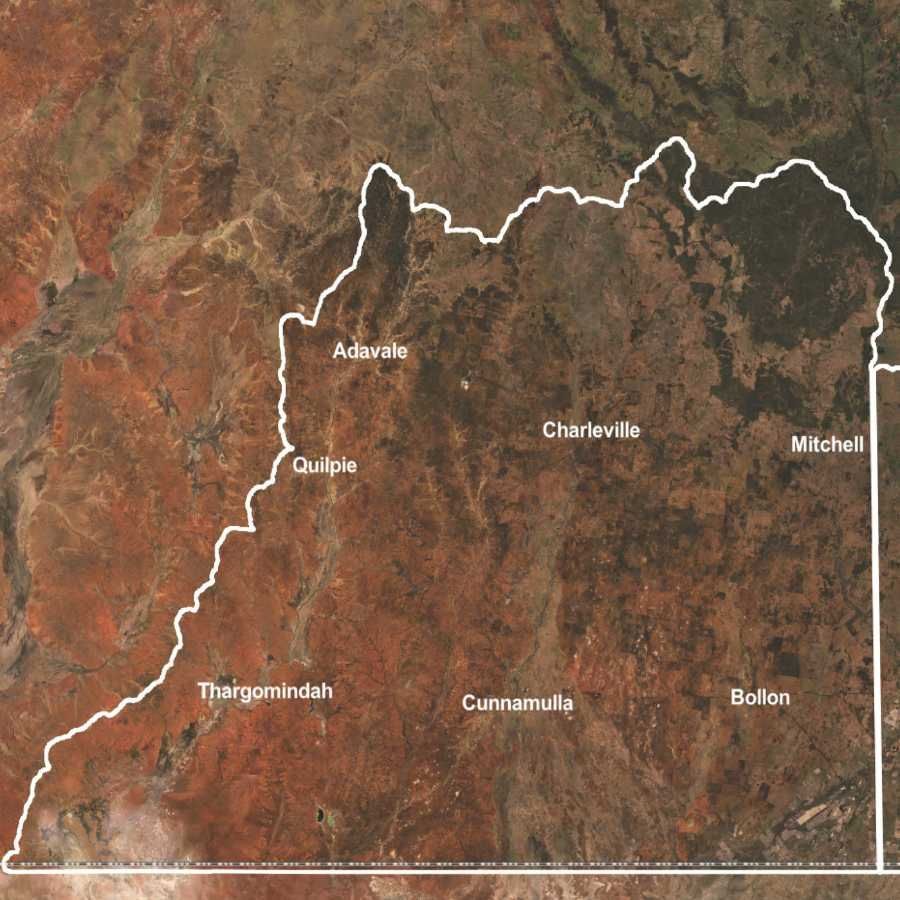
The Project Objectives
Through the project, we gained a greater understanding of the current distribution and threats to koalas in western Queensland and were able to identify strategies to ensure their continued survival. We also gained a greater understanding of First Peoples' cultural connection to koalas and their importance to First Nations peoples and the dreamtime.
Koala habitat was improved through targeting weeds, reducing threats from introduced pests like wild dogs, foxes and cats, assessing the impacts of climate change and connecting known and potential habitat areas.
Southern Queensland Landscapes worked with landholders to encourage them to consider koalas in their land management planning and decision making and through changing land management practices to better accommodate koala habitat. Koala resilience was also under the spotlight as we worked to reduce the impacts of climate change on koala habitat in key focus areas.
Project Objectives:
• Reduce threats to koala's from pests including wild dogs, foxes and cats
• Improve koala habitat extent and condition
• Connect existing koala habitat areas with corridors
• Target weed species that impact koala habitat
• Improve koala resilience to climate change
• Change land management practices to improve koala habitat through fencing and traditional burning practices
• Consider koala's in land management planning and decision making
• Sharing and documenting First Nations stories about koala's and understand their cultural connection
Project Outcomes
Weed Control
In the Paroo and Warrego catchments near Augathella, on-ground efforts have focused on controlling invasive cactus species (tiger pear, coral cactus, and harissa cactus) in areas of known and suspected koala habitat. A coordinated approach involved engaging landholders, who opted to carry out control work themselves rather than use contractors, to manage site access. Herbicide was supplied to landholders, and biological control agents were used for hard-to-access infestations, showing positive results.
Koala Crossings
Exclusion fencing has been widely used in the area to deter predators; however koalas have been seen attempting to climb over them. Two properties in priority locations installed dedicated koala crossings; upright logs attached to fences to allow safe passage for koalas across these barriers.
Land Restoration and Changed Practices
One high-value koala habitat property undertook extensive wetland and floodplain restoration to enhance koala habitat. Waterholes that had lost function were repaired using dirt, rock, or timber structures to slow runoff and prevent erosion. Restoration improved water retention, soil health, and vegetation recovery, creating more resilient, shaded, and well-hydrated landscapes critical for koalas, especially during dry and hot periods.
In areas where landscape function was degraded, spreader banks, bore drain blocks, and timber strainers were strategically placed to manage runoff and restore ecological health.
Recognition of Habitat Value
Some intact wetland areas with recorded koala presence have now been recognised as essential habitat under the Vegetation Management Act. These areas contain connected wetlands important for koala survival.
Establishment of Nature Refuge Areas
Two landholders have formally dedicated areas (~1,300 hectares each) as Nature Refuges, protecting significant koala habitat as part of broader conservation efforts.
Refuge 1 – Near Augathella:
• Established in 2024, includes a riparian corridor and remnant vegetation.
• Habitat connectivity for koalas and other native species is maintained.
• Grazing is now carefully managed, and regrowth eucalypts (key koala food trees) are preserved.
• At least three koalas have been recorded within the refuge.
Refuge 2 – Bulloo River Catchment, South of Adavale:
• Focuses on seasonal koala habitat and associated wetlands.
• Includes fencing to exclude livestock and protect sensitive vegetation.
• Restoration and protection of native 'ice cream trees' (highly palatable to koalas) is a key action.
Image 1. Koala Crossing Installation Image 2. Koala Monitoring Image 3. Establishment of Nature Refuge
